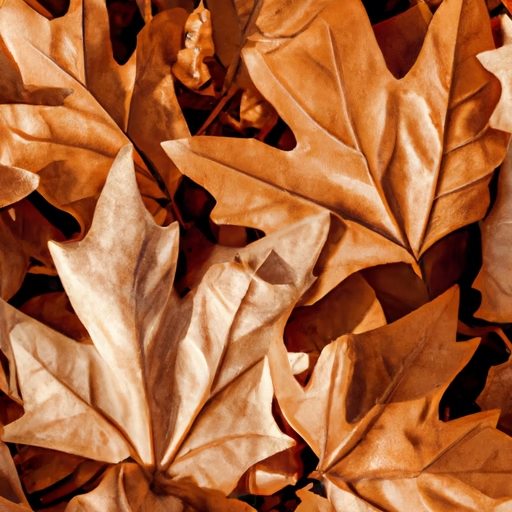What you’ll learn in this post:
- How to produce your own mulch from fall leaves
- Benefits of using homemade mulch
- Creative ways to use mulch in your garden
- Answers to common mulch-related FAQs
As autumn paints the world in shades of gold and crimson, your yard fills with leaves, a potential treasure trove for your garden. Instead of bagging them up, why not harness their power to enrich your soil? Transforming leaves into mulch is not only environmentally friendly but also a cost-effective way to nourish your garden. Your garden deserves this transformation, and we’ll guide you through it.
Why Produce Your Own Mulch?
Creating your own mulch from fall leaves offers numerous benefits. It reduces yard waste, improves soil health, and saves money. Imagine turning what was once a chore into a rewarding gardening solution. By doing so, you contribute to a sustainable environment while enhancing the beauty of your outdoor space.
How to Make Mulch from Leaves
Producing mulch is easier than you might think. Here’s a simple guide to get you started:
- Gather Leaves: Collect fallen leaves from your yard. Ensure they are dry to prevent mold.
- Shred the Leaves: Use a leaf shredder or lawn mower to cut leaves into smaller pieces. This accelerates decomposition and makes spreading easier.
- Compost or Direct Use: You can either add shredded leaves to your compost pile (click here for composting tips) or use them directly as mulch.
- Spread Mulch: Apply a 2-3 inch layer around plants, keeping it away from stems to prevent rot.
This Large Leaf Tea Tree (Height: 1 – 2 FT) is available for your house! Dont like? ENJOY $20 OFF of $150 or more Use Code: 20YD150

Creative Uses for Mulch
- Flower Beds: Retain moisture and suppress weeds.
- Vegetable Gardens: Enrich soil with nutrients.
- Paths and Walkways: Create rustic, natural walkways in your garden.
- Erosion Control: Prevent soil erosion in sloped areas.
Unique Selling Proposition (USP)
Transforming leaves into mulch not only benefits your garden but also provides a sustainable solution to managing yard waste. By opting for homemade mulch, you promote biodiversity, improve soil structure, and support a healthier ecosystem. Plus, the journey from leaf to mulch connects you more deeply to the natural cycles of your garden.
FAQs About Mulch
1. How long does it take for leaves to decompose into mulch?
Shredded leaves start breaking down in a few months, but full decomposition can take up to a year.
2. Can I use all types of leaves for mulch?
Most leaves are suitable, but avoid using black walnut leaves, as they release toxic chemicals.
3. Should I mix different types of leaves together?
Yes, mixing leaves can balance nutrients and speed up decomposition.
4. Is mulch safe for all plants?
Generally, yes. However, avoid piling mulch directly against tree trunks or plant stems.
Unlock the potential of your fall leaves this season. By transforming them into mulch, you not only enrich your garden but also play a part in creating a sustainable world. Take action today—your garden will thank you.

